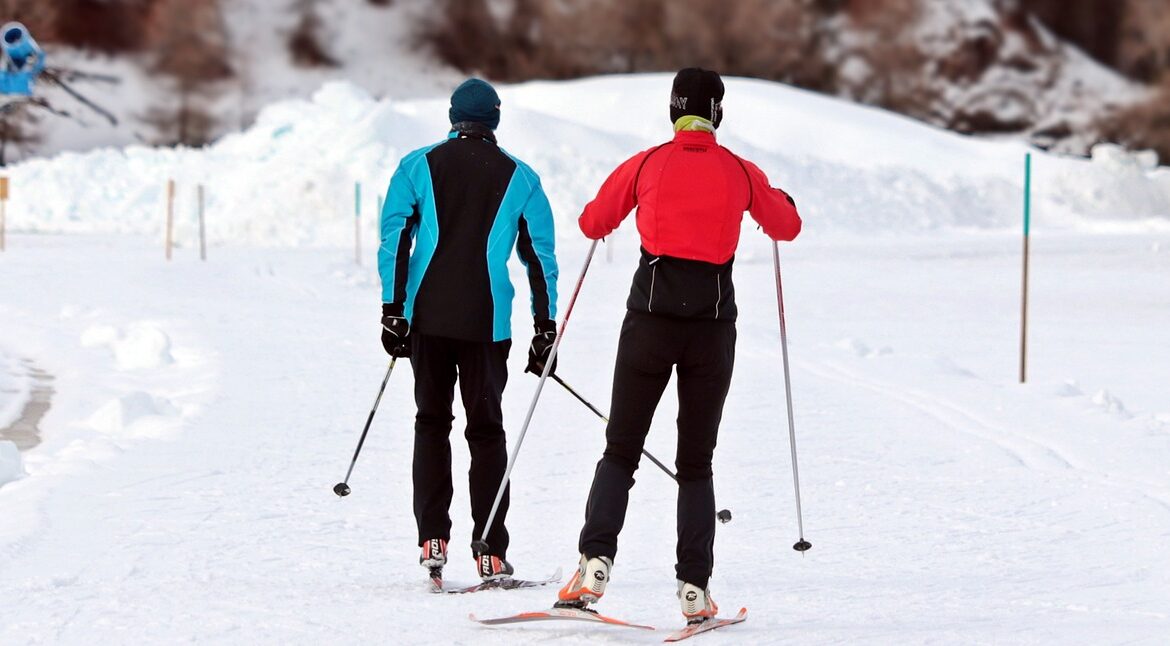Winter Knee Injury Prevention
The cold air and fresh snow cover is a welcome sign for some here in Wisconsin. It means that all the snow enthusiasts are ready to ski, snowshoe, and skate. These winter activities are great to get you moving and enjoying the fresh air, but can also put pressure on the knees and cause injury. Learn more about the most common winter knee injuries and knee injury prevention to keep you in the snow all winter.
What are the common winter knee injuries?
Skiing, both downhill and cross country are popular winter sports but can be hard on the knees. The most common cross country skiing injuries come from repetitive knee flexion and are typically patellar tendonitis and anterior knee pain syndromes (Runner’s knee, Jumper’s knee, patellofemoral pain syndrome, and medial tibial stress syndrome). For downhill skiing and snowboarding, medial collateral ligament (MCL) and anterior cruciate ligament (ACL) tears are the most common knee injuries. These injuries occur when one knee falls into the other (MCL) and with pivoting, hyperextension, or sudden stops on the slopes (ACL).
Skating, figure, and hockey pose challenges to the knees. Ice skaters, like cross country skiers, tend to have patellar tendonitis and anterior knee pain syndromes due to the repetitive knee flexion that occurs during ice skating. For hockey, the more common knee injury is the MCL tear. In hockey, low checks or catching the skate in the ice can cause force through the medial knee and cause the MCL to tear.
Another great winter activity is snowshoeing. It allows you to get out in the snow without working as hard to pull your legs out of the deep snow with each step. Snowshoeing does pose some risk of knee injuries due to the shape and size of the snowshoes. Falling to one side or sliding downhill can place high stress on the medial or lateral collateral ligaments of the knee. This can result in sprains or tears of the ligaments.
How do you prevent these knee injuries from happening?
1. Prepare Your Body
Offseason conditioning of the body is important. Leg strength is a key factor with all of these winter activities. Building leg strength with squats, wall-sits, and stair training will work the muscles in the legs. By building a stronger muscle base, when off balance or taking a blow, the body may be able to recover and less damage and injury will occur. Not only is it important to strengthen the knee muscles, but strong hips and core can help improve performance and prevent injury. Let a skilled physical therapist or personal trainer help you put together a program to keep your body in top shape in the offseason.
2. Proper Equipment and Instruction
Having the proper equipment, regardless if you rent or own is important. For skiing and snowboarding, make sure the binding and skis/board fit properly. Skates should not be too large or small and have blades that are sharpened. Snowshoes should fit properly with your shoes to help prevent injury. If the winter activity isn’t something you have done before, or if it’s been a long time since you last partook in it, get some professional instruction. Learning the basic techniques and safety maneuvers of the activity will allow for added enjoyment and less risk of injury.
3. Common Sense Prevention
Regardless of winter activity, fatigue plays a role in injuries. More injuries occur after lunch when the body may be fatigued. Frequent breaks throughout the day with nutritious snacks will help keep your brain and muscles functioning well. Also, proper hydration is important. In the winter, you may not feel yourself sweat as well when it’s cold, but staying adequately hydrated helps to keep the body functioning well. A dynamic warm-up is good for the body in the cold winter. Stressing cold muscles, ligaments, and joints make them more susceptible to injury. Take 5-10 minutes prior to your activity to slowly warm the muscles, this could be walking, jogging in place, or light calisthenics.
A great way to get through the winter in Wisconsin is by enjoying the winter activities that the snow can provide. No one wants to be sidelined from the snow, so use the helpful tips above for winter knee injury prevention to stay healthy, having fun, and enjoying the winter.
If you do injure yourself this winter, let the skilled therapists from Freedom PT get you back on the slopes, ice, or snow. Their advanced knowledge and treatment skills will have you back doing what you enjoy in no time!

